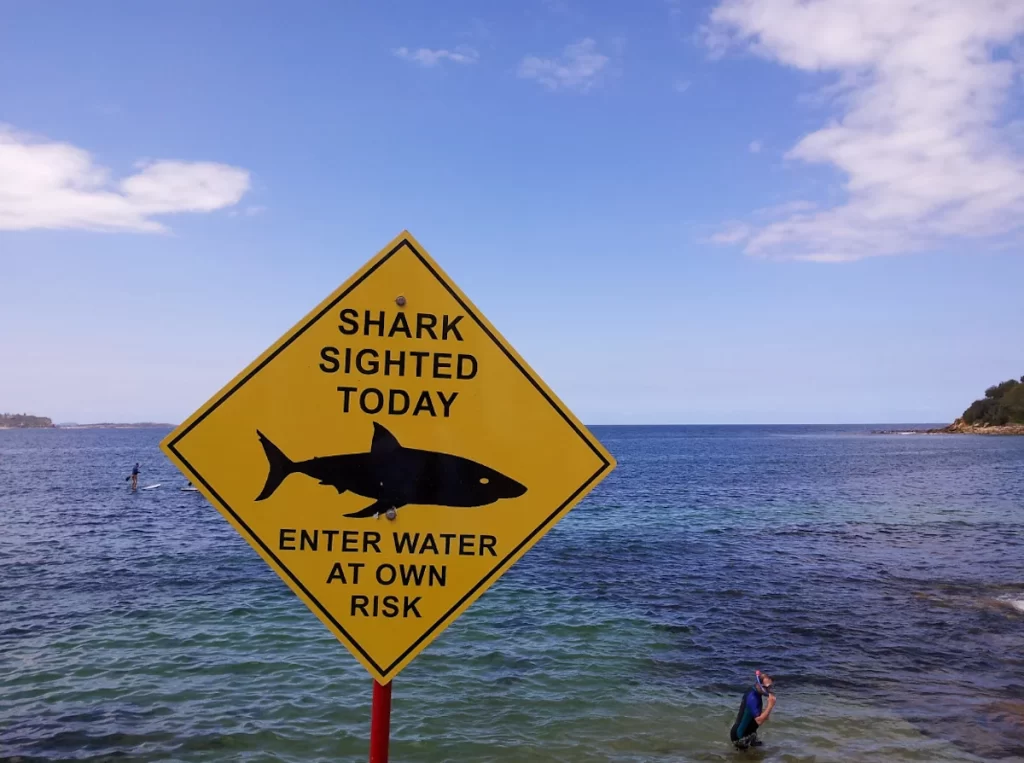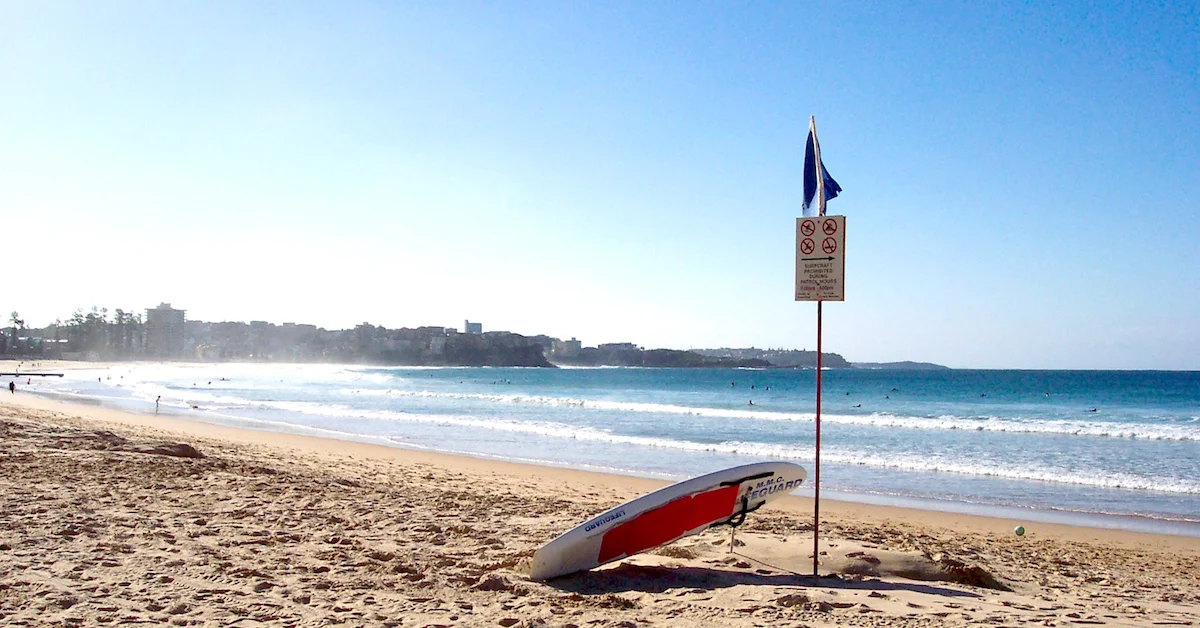Manly Beach has been included in an extensive trial aimed at reducing marine life entanglement in shark nets by utilising LED lights to safeguard sea turtles and other species while ensuring swimmer safety.
The trial, which has installed 21 illuminated nets along the coast from Lake Macquarie to Sydney’s Northern Beaches, aims to prevent turtles and other protected species from becoming entangled. The initiative has drawn both support and criticism amidst calls to remove shark nets altogether, in what would be the biggest policy shift in nearly 90 years.
A Push for Change in Shark Protection
The trial follows research showing that traditional shark nets often trap unintended marine life. In the last season alone, only 15 of 255 animals caught were actually target species—tiger sharks, bull sharks, and great whites. Among the non-targeted casualties were 29 turtles, raising concerns among environmental advocates and marine biologists.
In an effort to curb these unintended deaths, LED lights have been fitted to the nets, a technique successfully used in commercial fishing overseas. The Department of Primary Industries (DPI) has also ramped up daily surveillance with drones and contractor checks to assess the impact of the modifications.
However, not all local councils are in agreement. While the Northern Beaches, Sutherland Shire, Central Coast, and Wollongong councils have publicly supported removing the nets, Randwick, Waverley, Lake Macquarie, and Newcastle have yet to take an official stance.
Manly Community Weighs In
Manly’s surf and conservation communities are deeply divided over the future of shark nets. Some residents, particularly ocean swimmers and surfers, express concern about removing nets entirely, citing safety risks and the area’s history of shark sightings. Others argue that the nets do little to stop sharks from reaching beaches and instead cause harm to local marine ecosystems.
A Manly-based marine biologist stated that while the LED technology is a step in the right direction, it does not solve the bigger issue of outdated shark mitigation methods. They pointed out that half of the sharks caught in the nets were found on the beachside, proving that the barriers do not effectively stop them from entering swimming areas.

A Balancing Act
NSW faces mounting pressure as officials review public feedback from 25 coastal councils and prepare for a decision that could see the state’s shark nets removed as early as next summer.
While alternative methods like SMART drumlines, drone surveillance, and shark enclosures have gained support, Agriculture Minister Tara Moriarty has reiterated that the government’s top priority remains public safety. She acknowledged that innovation, like the LED trial, is essential in the effort to find a balance between swimmer protection and marine conservation.
With the turtle migration season approaching, the government has already moved up the removal date for the nets to 31 March, a month earlier than usual. This decision reflects the shifting stance on shark control methods and signals a potential end to the decades-old netting program.
As the trial continues, the future of shark nets in Manly remains uncertain. With conservationists advocating for modern, non-lethal alternatives and some residents still concerned about potential shark encounters, NSW will soon have to make a decision that weighs environmental impact against public safety.
Published 21-February-2025










